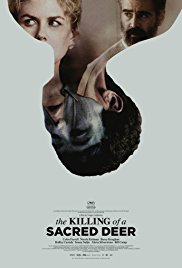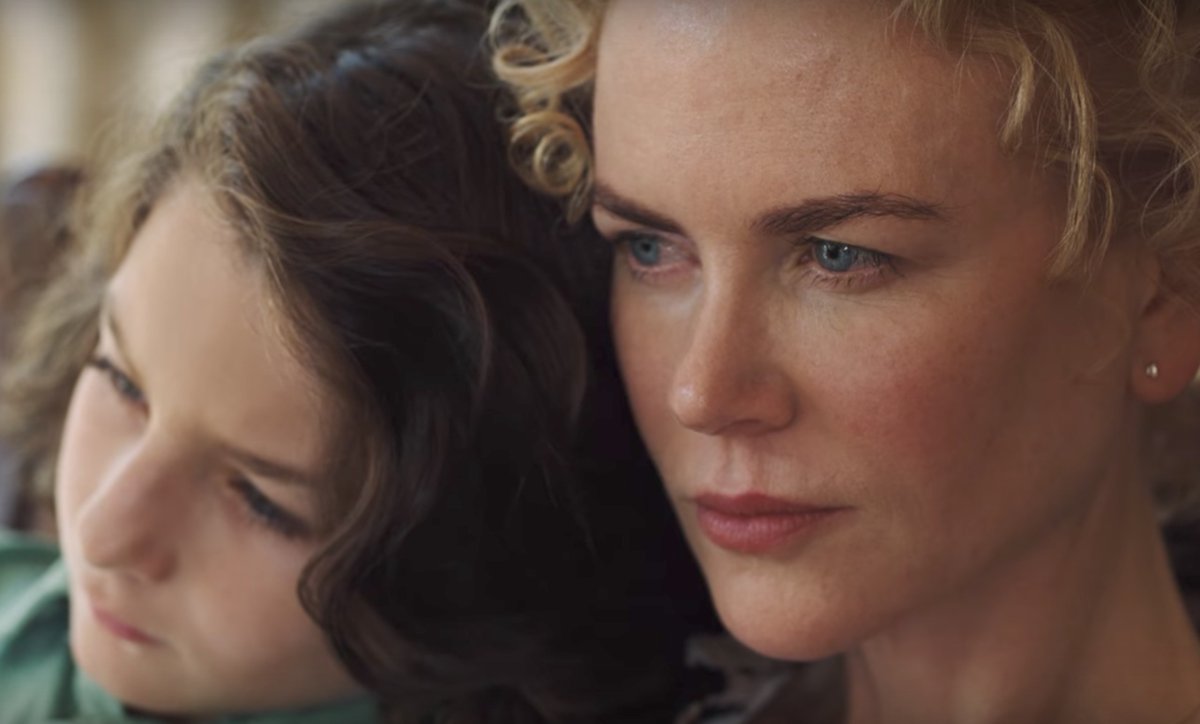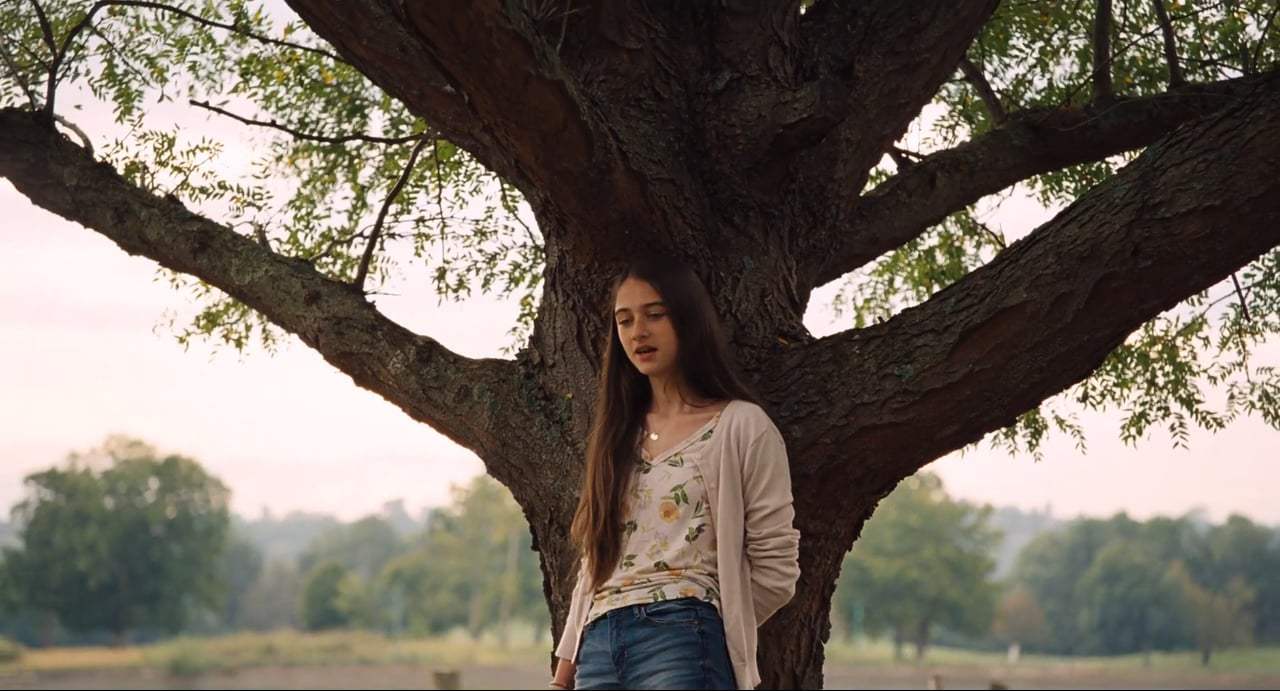 Director: Yorgos Lanthimos/2017
Director: Yorgos Lanthimos/2017
If you happened to have discovered Yorgos Lanthimos’ film The Lobster, starring Colin Farrell and Rachel Weisz, then you have a rough idea of the aesthetic and feel of his latest film, also co-written with Efthymis Filippou, called The Killing of a Sacred Deer. It also keeps the theme of animal titles, as he examines the heart of what separates us, as humans, from every other species.
Colin Farrell once again stars in a Lanthimos film playing Stephen Murphy, a skilled heart surgeon. The opening scene (and several throughout the film) features actual footage of an actual surgery being performed before Dr. Murphy emerges to peel off his scrubs and gloves. His wife Anna (Nicole Kidman) is an Opthamologist, and they have a teenage girl named Kim (Raffey Cassidy), and a younger pre-teenage son named Bob (Sunny Suljic).

Like The Lobster, each of these characters have very particular oddities to them, and how they relate to each other are very dry and sanitized versions of conversations we have all had about work, haircuts, watches, and the kids. Lanthimos uses it to great effect as he is able to hide intentions and meanings within the words and mannerisms that each character exudes to build a fantastic tension that slow burns the proceedings until the very end.
The Killing of a Sacred Deer is a tough film to distill down to just one genre description. It works as a drama, mystery, and thriller, with some elements of horror in a classical sense. Much of the pacing deliberately works against many of these genre stereotypes on the surface, as it might appear that nothing is happening on screen, despite the opposite being true. At the same time, there are plenty of tense sounds and effects being employed to ratchet up tension like a horror film, even if you are not yet aware of what there is to be tense about. By the time these two things come together, it is in a satisfying harmony that compliments both the above genre descriptions and the sound department.

Dr. Murphy has befriended a teenage boy named Martin (Barry Keoghan), buying him gifts and inviting him over to dinner as well as accepting an invitation from Martin’s mother (Alicia Silverstone) to come to dinner at their house. As Martin begins to attract the attention of Kim, and earn the respect of Bob, Stephen Murphy begins to realize that something sinister might be playing out that he as a man of science cannot reason his way out of. When his family begins to slowly find themselves partially paralyzed, with no appetite, and worse symptoms to come, Stephen is faced with a horrific choice if he wants to have a chance to save any of them.
There is something about Yorgos Lanthimos and his unique voice, vision, and aesthetic that you cannot look away from that ropes you in, no matter what you think you’re thinking about what you are watching in each frame. The narrative builds, and is much more conventional in The Killing of a Sacred Deer than it was in The Lobster, but that doesn’t mean that it sheds the quirky dark humor that under-girds everything either. This film will be a much darker experience than The Lobster in terms of subject matter, tone, and gore, while having a spiritual connection with it in terms of how it views the world and the human condition, albeit from a different side of dealing with pain and loss.

The characters are perfectly cast, and are able to handle the emotional and physical depths that these roles require to fully pull off what is being asked of them. Nicole Kidman continues to shine and play challenging roles that require her to convey more of her character’s emotions and thoughts with a detailed look or subtle glance than simply relying on spoken dialogue as a reaction against another actor’s lines. This was evident in last year’s Oscar nominated role in Lion, and continues in The Killing of a Sacred Deer. Colin Farrell, who appeared earlier this year with Nicole Kidman in The Beguiled, perfectly stands in the center of this downward spiraling situation, bottling up his emotions until the tense final act allows him the chance to purge it all.

Yorgos Lanthimos’ work won’t feel accessible to everyone, as his style is a very unique one that doesn’t necessarily lend itself to mass appeal, but to those who do get it, this film will work for you on multiple levels. This film may represent the opposite of everything that The Cure for Wellness got wrong earlier this year. The Killing of a Sacred Deer is another example of why Yorgos Lanthimos’ work matters and hopefully this film will find an audience.



